Having spent decades immersed in photography, encountering
Daido Moriyama’s work is always a jolt to the senses—but Quartet, the new
Getty Publication release (published by
Thames & Hudson outside the U.S.) edited by Mark Holborn, takes that jolt to another level. This isn’t just a photobook; it’s a journey into the formative pulse of one of the most influential photographers of the 20th century.
Quartet gathers four of Moriyama’s early, seminal books—
Japan: A Photo Theater,
A Hunter,
Farewell Photography, and
Light and Shadow—and presents them not as discrete works but as four movements of a single, cohesive composition. From the very first page, it’s clear that Moriyama’s restless, high-contrast vision isn’t just about street scenes or urban alienation; it’s about seeing life through a lens that is at once chaotic, lyrical, and profoundly human.
The blur and grain in his images, so often cited by critics, are essential here—they are not imperfections but integral to the rhythm, texture, and emotional intensity of his work, allowing the viewer to experience his vision as it was conceived.
What I found most compelling was the sense of progression. You begin with
Japan: A Photo Theater, where Moriyama’s fascination with performance, theatre, and everyday drama emerges in stark, energetic black-and-white frames. It’s a world of shadows and movement, of intimacy and distance, and you can feel the photographer discovering his language with every image.
A Hunter and Farewell Photography push that language further into the streets of Japan, into the grittier, nihilistic corners of urban life, exploring a society in flux and a photographer grappling with personal and cultural crises. By the time you reach
Light and Shadow, the evolution is breathtaking—Moriyama has found his voice, and it’s fully realized, audacious, and uncompromising. His work could almost be defined as “order out of chaos,” a meticulous sense of visual structure emerging from the frenetic energy of the streets.
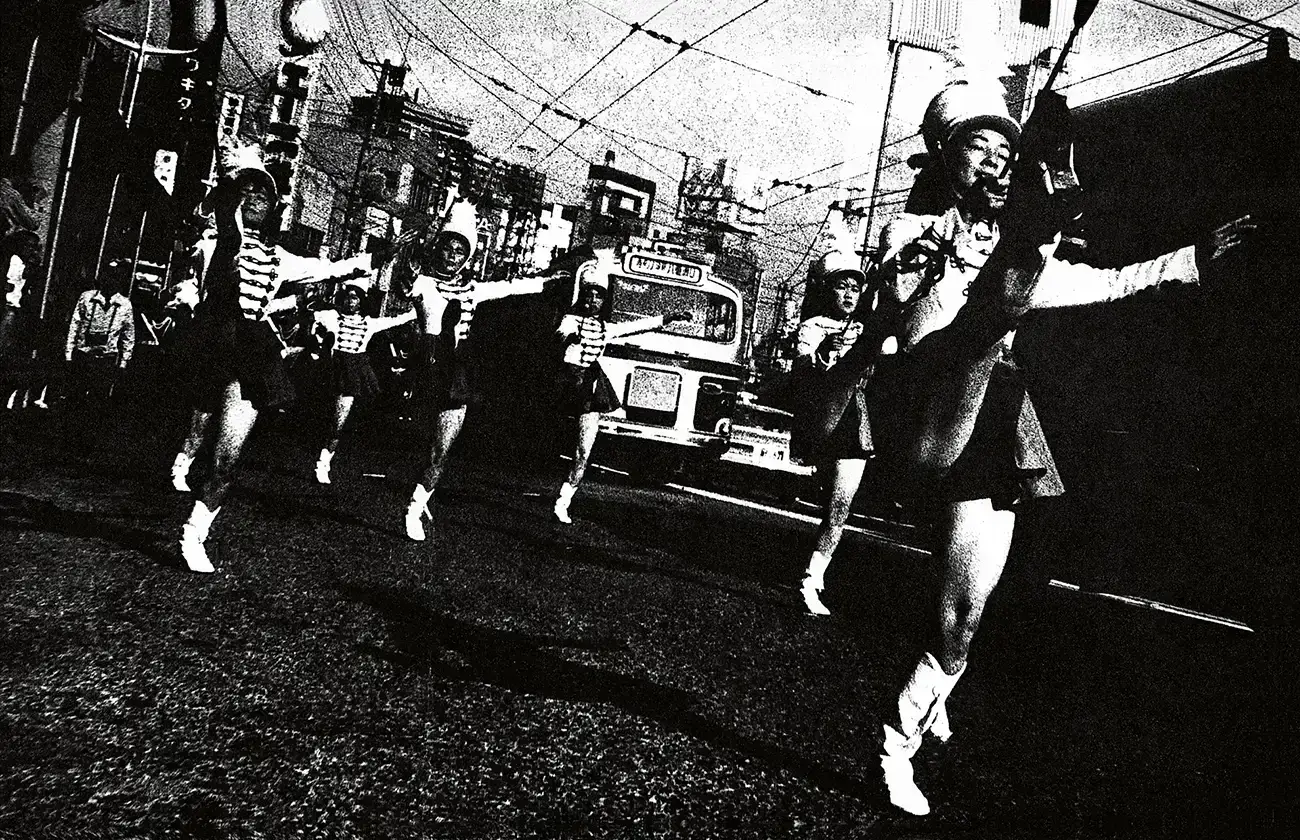
A Photo Theater © Daido Moriyama, Photo Foundation
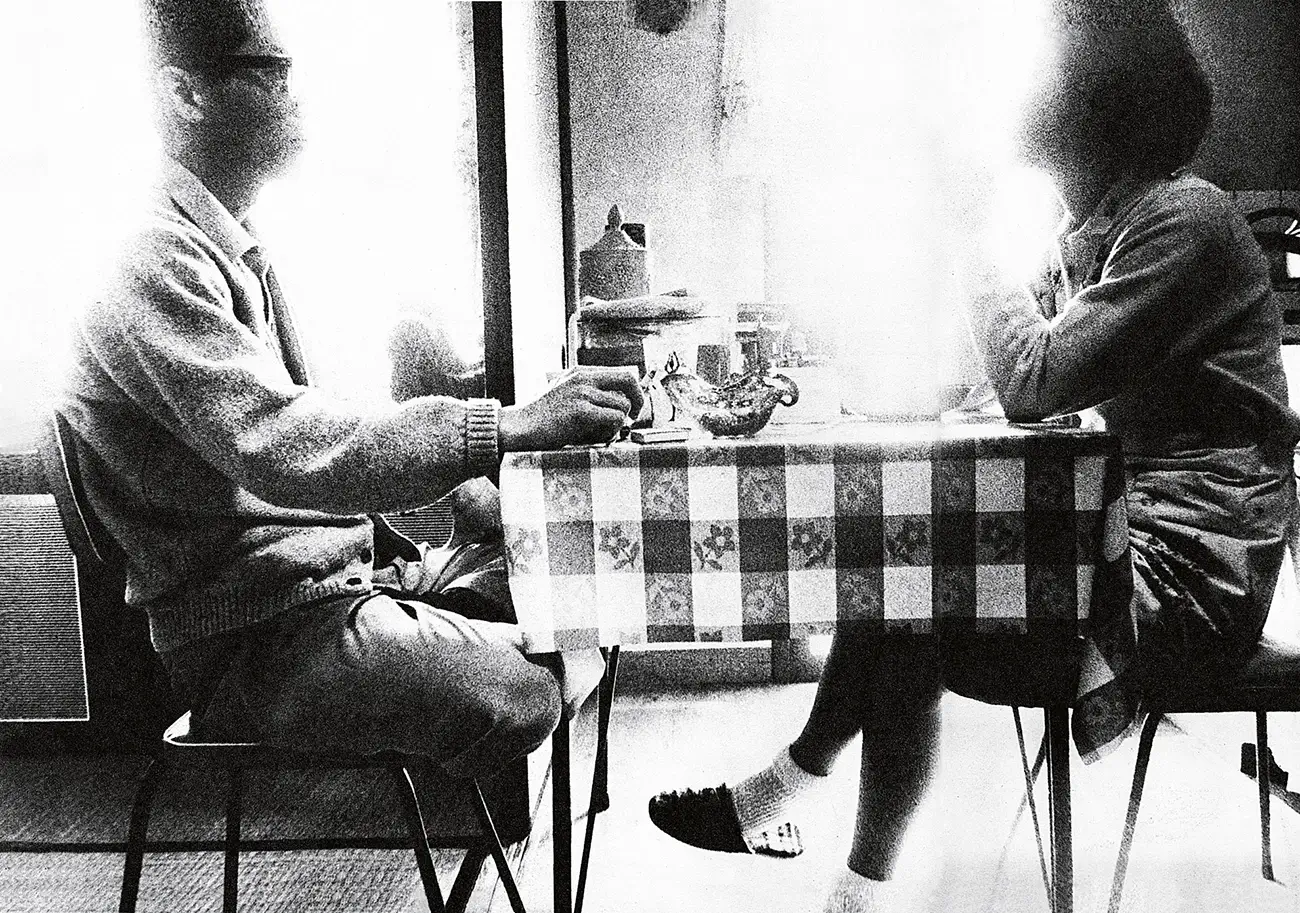
A Photo Theater © Daido Moriyama, Photo Foundation
Holborn’s editing is a masterclass in narrative and rhythm. He doesn’t merely collect these four books; he orchestrates them. Each section feels like a movement in a musical composition, with entrances, climaxes, and thoughtful exits. The sequence turns reading into an active experience: you navigate streets, alleys, and theater stages in Japan, and along the way, your own perception of urban life sharpens. Mark Holborn’s introduction, titled “A Performance”, is also key—it provides historical context on Japan, Japanese culture, and Moriyama’s career, while highlighting his mentors and influences that shaped his singular vision.
I must admit, I have a soft spot for the smell of new books, and this one smells especially good—a tangible invitation to dive in. The glossy paper allows the grain of each black-and-white photograph to breathe, letting the intensity, texture, and drama of Moriyama’s images come alive exactly as intended. The tactile pleasure of the pages (as if each page was a unique print in itself), combined with the dark blacks of the B&W plates and the subtle hues of grey, amplifies the sensory experience. Quartet also serves as a true archive of Moriyama’s work, preserving the early milestones of a career that continues to influence photographers worldwide.

A Hunter © Daido Moriyama, Photo Foundation
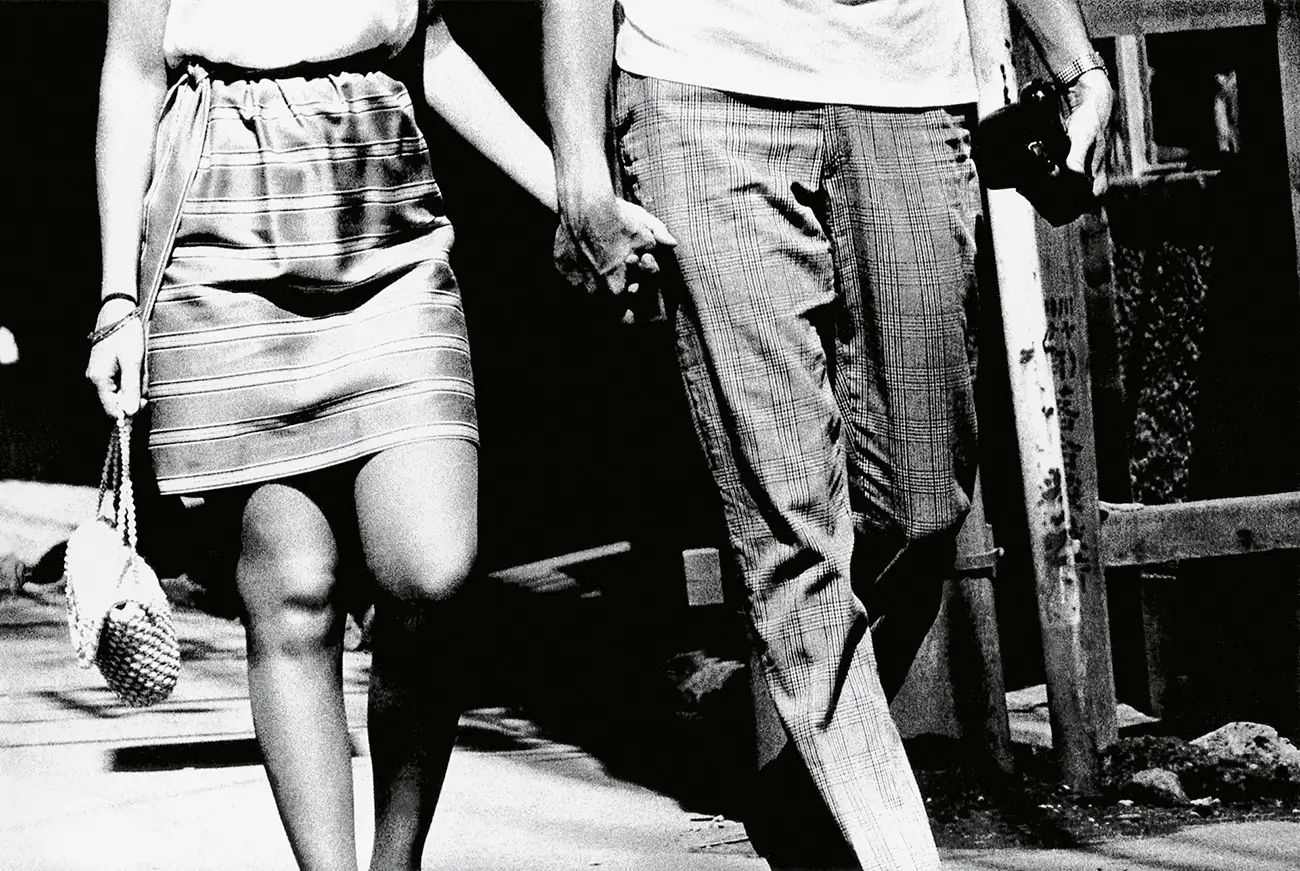
A Hunter © Daido Moriyama, Photo Foundation
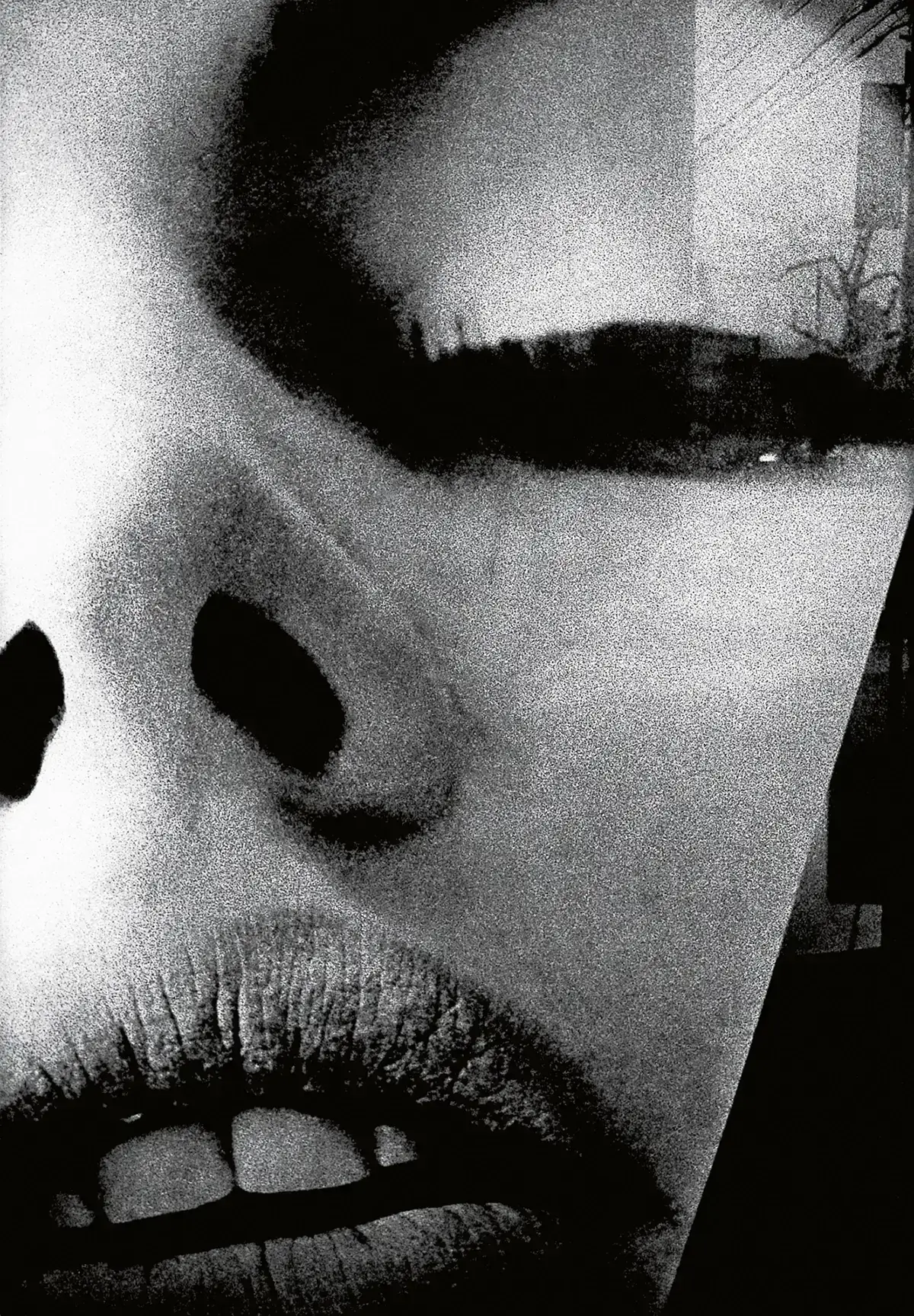
A Hunter © Daido Moriyama, Photo Foundation
A particularly interesting aspect of Quartet is Moriyama’s personal testimonies. The anecdotes he shares—year by year, project by project—offer a rare glimpse into his life as a photographer. His reflections on moods, addictions, personal failures, and the motivations behind each new book are deeply revealing. These testimonies allow us to understand not only the images themselves but also the human being behind the lens, the struggles and obsessions that shaped a radical visual language. The personal anecdotes, explaining his journey in his photographers’ life and encounters, are especially interesting—they reveal why he created a new book each time.
What resonates most personally is how Quartet teaches you to see. Moriyama’s images are blunt yet suggestive: a cracked bottle, a cat in a yard, a shadow falling across a street. They are fragments of life that invite projection, reflection, and recognition. I found myself looking at my own city streets differently after closing the book, noticing the small, uncanny details that Moriyama elevates to art.
For photographers, this book is indispensable. It’s not just about technique—it’s a lesson in vision, persistence, and the audacity to pursue a personal language in photography. For anyone who appreciates photography as more than documentation, Quartet is an opportunity to immerse yourself in a mind that has reshaped the medium.

Farewell Photography © Daido Moriyama, Photo Foundation
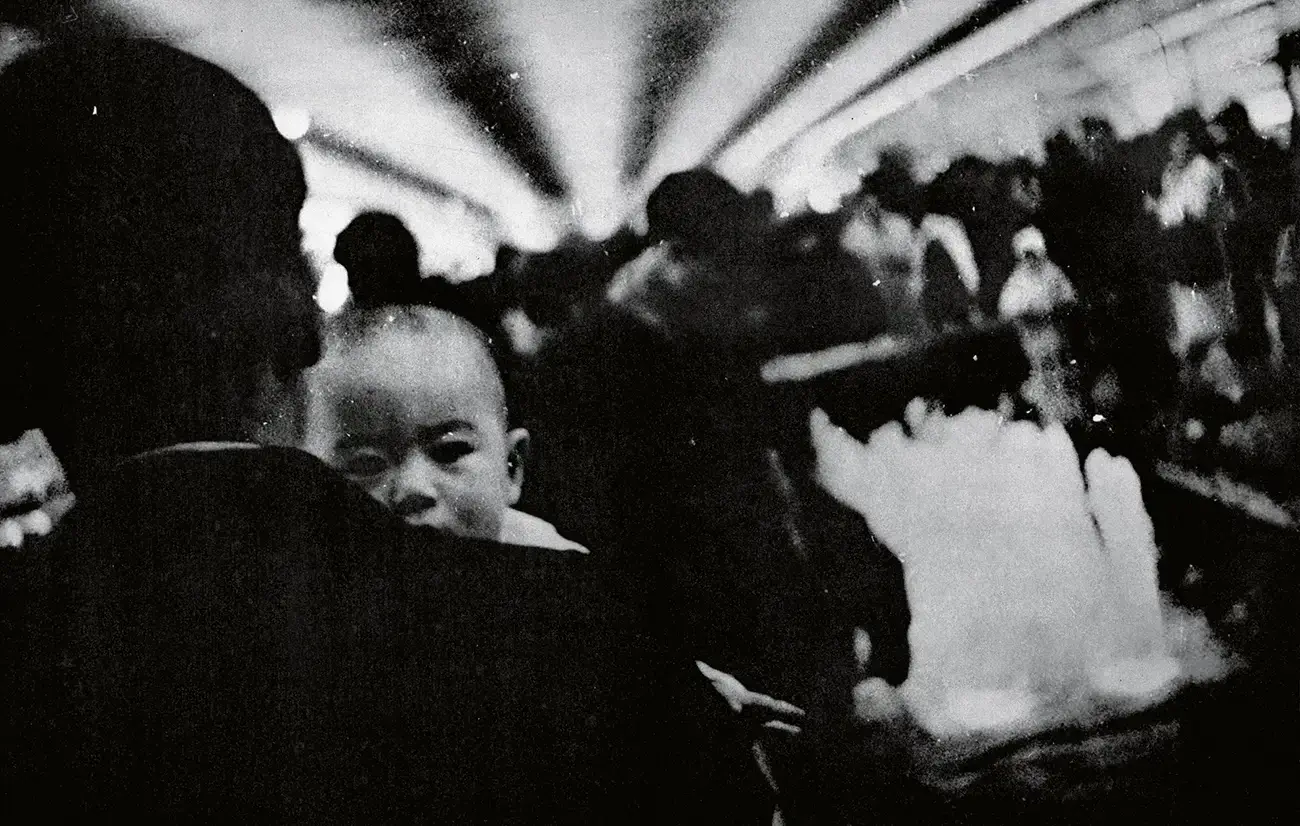
Farewell Photography © Daido Moriyama, Photo Foundation
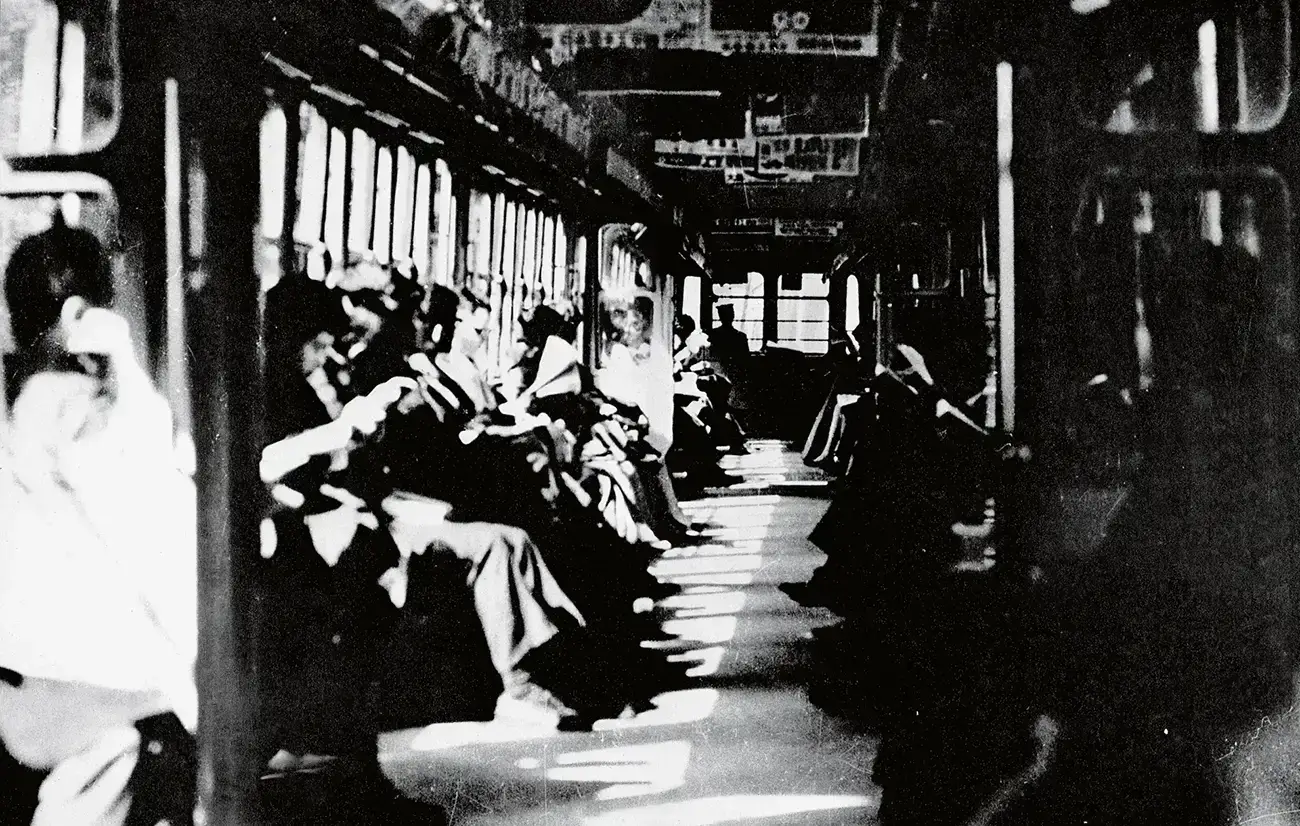
Farewell Photography © Daido Moriyama, Photo Foundation
In short, Quartet isn’t just a retrospective; it’s an education, an inspiration, and a provocation all at once. It reminds us why Moriyama is not only a master of Japanese post-war photography but a figure whose influence is global, enduring, and deeply personal.
If you want to understand the foundations of modern street photography, the evolution of a visual language, or simply want to experience photography that hits you in the gut and lingers in the mind, this book is essential. Pick it up, breathe in that new-book smell, feel the weight of the glossy pages, and let Moriyama show you the streets of Japan—and perhaps, the streets of your own perception—like you’ve never seen before.
A must-have — or a wonderful holiday gift — for any photography lover!
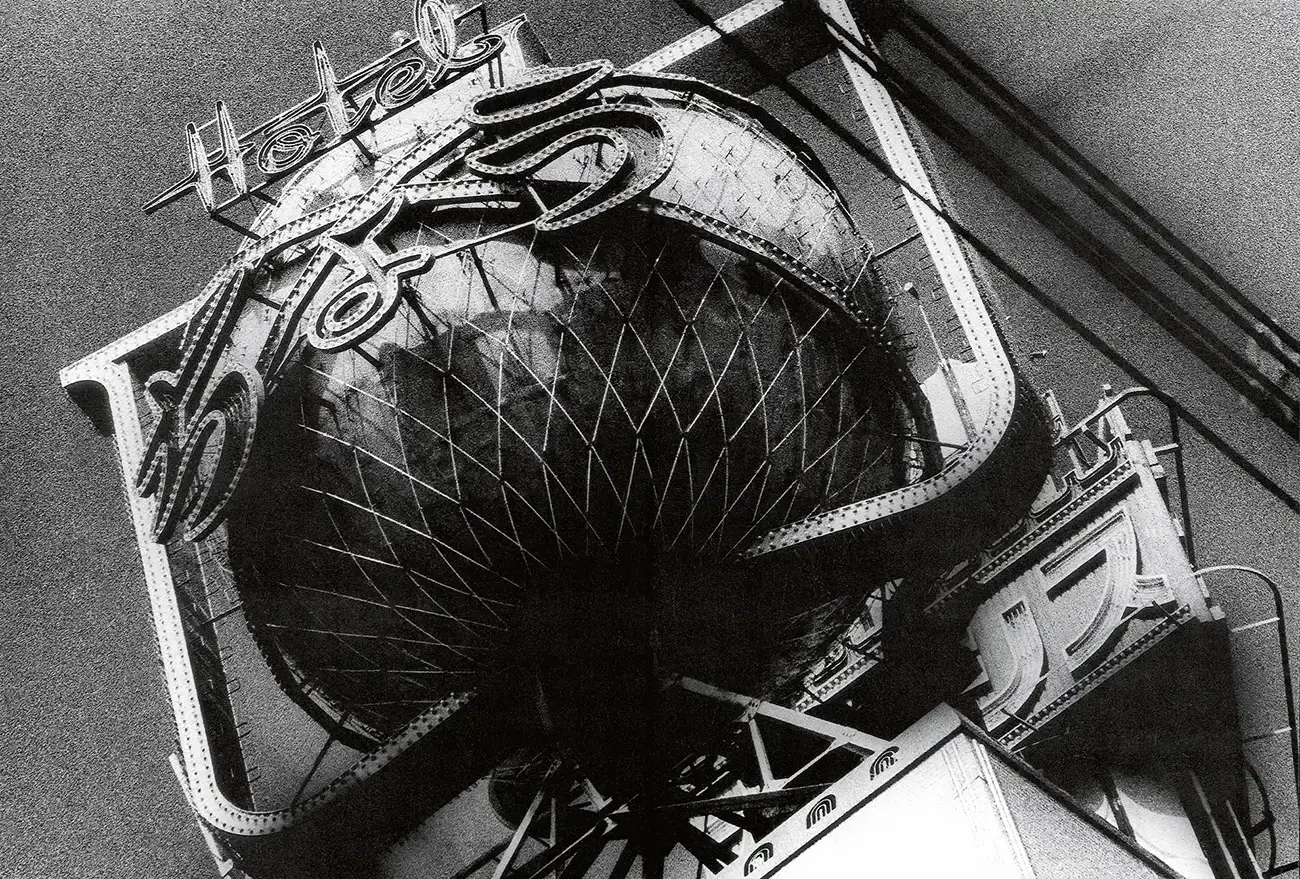
Light and Shadow © Daido Moriyama, Photo Foundation
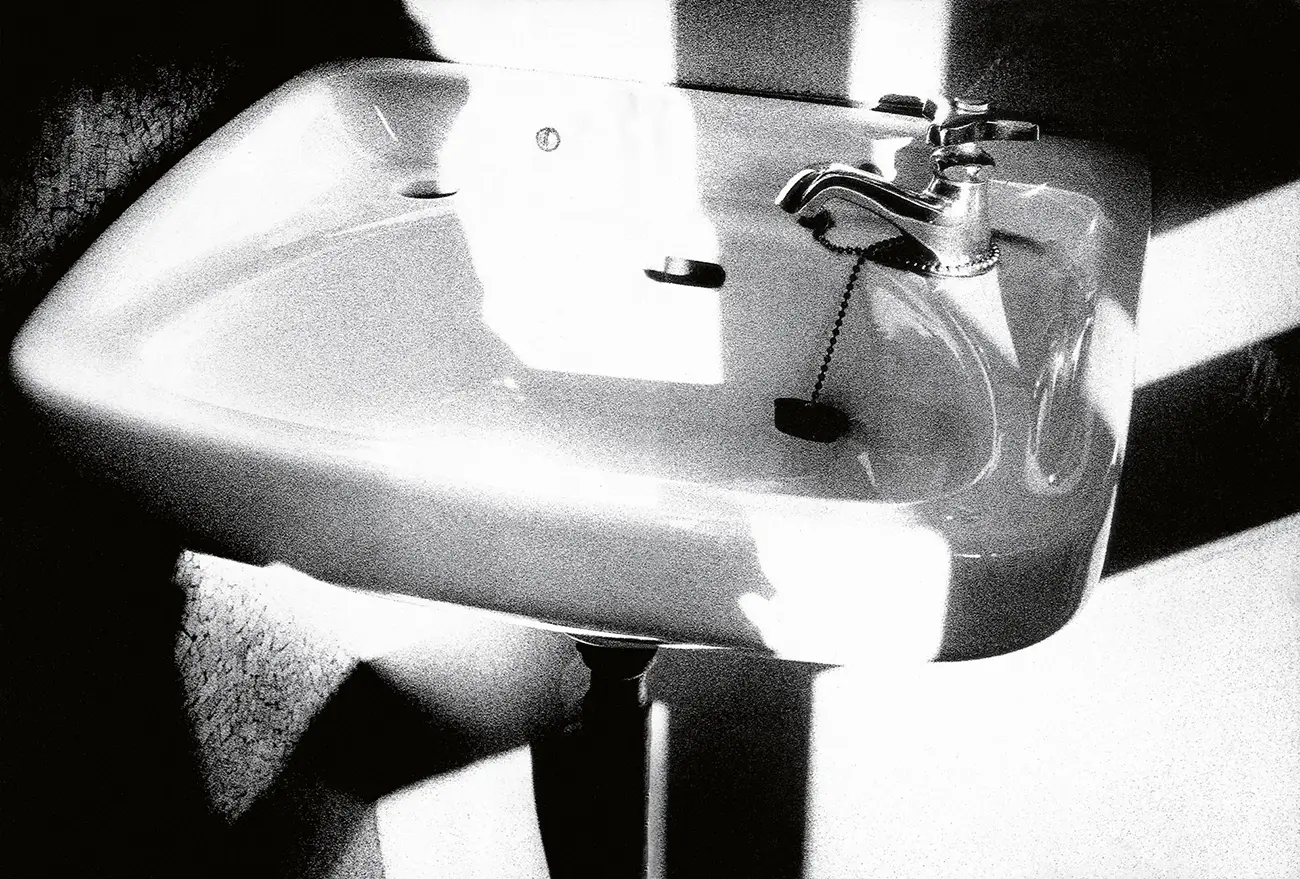
Light and Shadow © Daido Moriyama, Photo Foundation
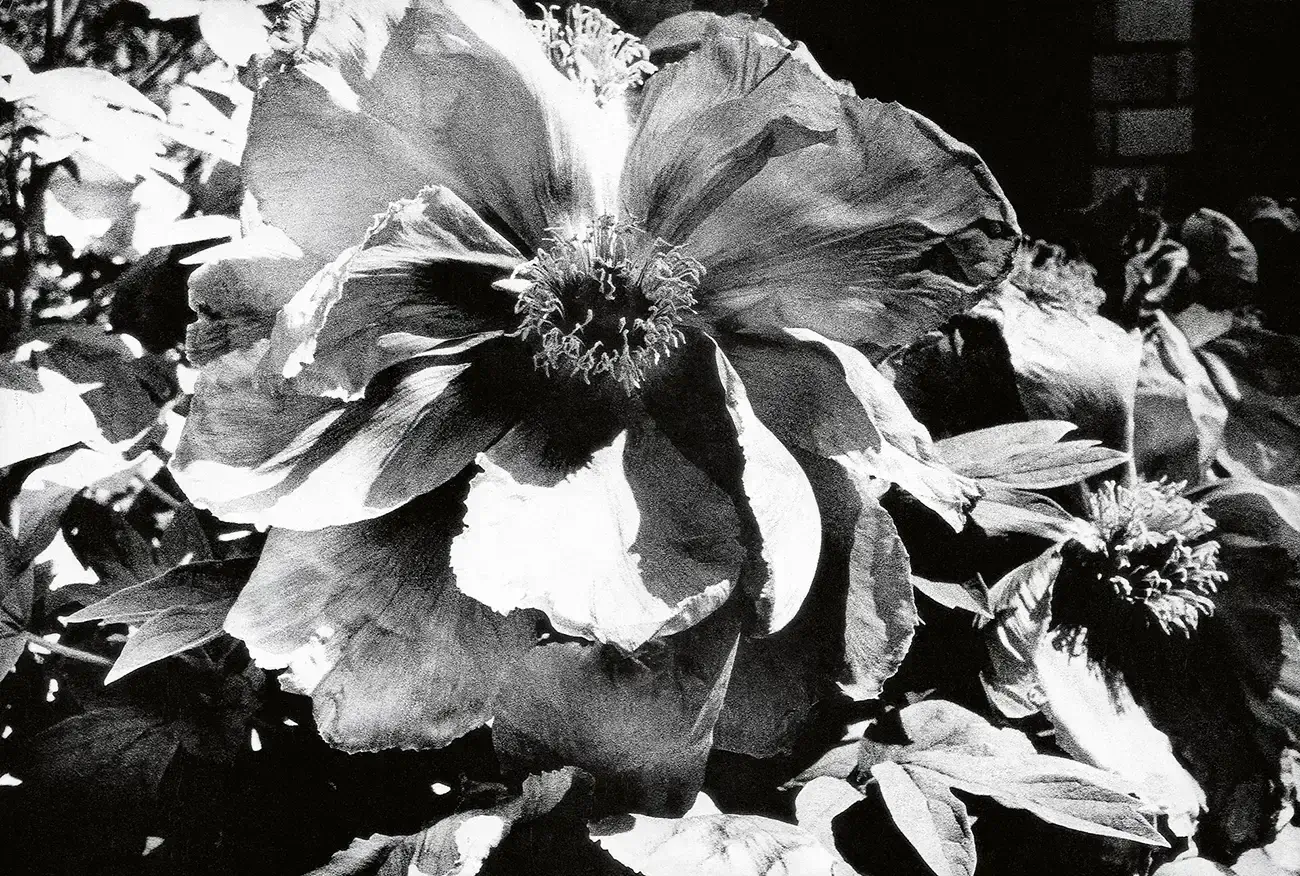
Light and Shadow © Daido Moriyama, Photo Foundation












